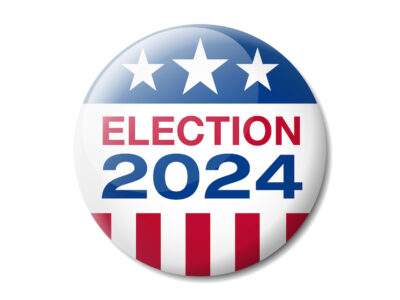The State of the Race
Legal Planet: Environmental Law and Policy 2024-09-12

The summer had a lot of political ups-and-downs: Biden’s weak debate performance, his withdrawal, the failed assassination of Trump, Harris’s rise, her choice of Walz, and convention bumps on both sides. We’re now settling into the final stretch. It’s time to look at the state of play, in an election that seems unusually weighty in its policy implications. In terms of energy and climate policy, the two parties are far apart, so a lot is riding on the outcome.
As usual, I’m basing my assessment on two experienced prognosticators, Sabato and Cook, so at least you know I’m not cherry-picking assessments. They may be wrong, but at least they know more than I do about these things.
I’ll look at the White House, Senate, and House separately, then sum up with something about policy implications. I’ll use the usual rubrics (solid, likely, leaning, toss-up), with qualifiers to show uncertainty. For instance, “slightly leaning” means that one source thought a race was leaning in a certain direction, and the other thought it was a toss-up. A final note: This post doesn’t reflect whatever effect Tuesday’s debate may have had.
The Presidential Race
The race has shifted in the Democrats’ direction since Harris replaced Biden, with some “lean Republican” states moving to toss-ups, and some toss-ups moving to “lean Democratic.” From a race where Trump had the edge, it now looks like a dead heat. There is now a long list of toss-up states: Arizona Georgia, Michigan, North Carolina, Nevada, Wisconsin, and Pennsylvania.
The Democrats have a slight edge in terms of electoral votes that are leading, likely, or solid. This would matter only if the toss-up states split almost evenly. A one or two point shift in the national popular vote could push a lot of these states one way or the other, so the ultimate electoral vote may not end up being that close.
Bottom line: It’s an extremely tight race that could go either way.
The Senate.
The Democrats have an uphill battle. Manchin’s seat in West Virginia almost certainly goes Republican. This year, the Democrats don’t have any strong prospects for flipping Republican seats; the only ones that are conceivable are Florida (Rubio’s seat) and Texas (Cruz’s seat). So, to control the Senate the Democrats need to win everything else and win the White House (giving Walz the tie-breaking vote in the Senate). At this point, Ohio is a toss-up, Montana leans slightly Republican, while Nevada leans Democratic and Michigan leans slightly Democratic. Those will be the races to watch in the final stretch.
The House
This also remains uphill for the Democrats but not nearly as much as the Senate. The Republicans have a small edge but the battle for control of this House is still very close, meaning that just a few seats are likely to make the difference. I don’t think the battle to control the House has gotten enough attention, so I’m also posting a separate piece about that today.
Policy Implications
Given the difficulty of holding the Senate, a Democratic trifecta is unlikely. That means that, if she wins, Harris will probably need to negotiate with Senate Republicans (and if she’s unlucky, with the generally more recalcitrant House Republicans).
Correspondingly, the Republicans have a better chance of a trifecta. That would allow Republicans to use the Senate reconciliation procedure to avoid a filibuster and cut energy and environmental programs. But Democrats do have a good chance of taking the House even if they lose a close presidential race, so Trump might be faced with Hakeem Jeffries as House Speaker, making it much harder for Trump to get what he wants from Congress.
There are still weeks to go before we’ll know the answers. Barring something dramatic, this election will go down to the wire.